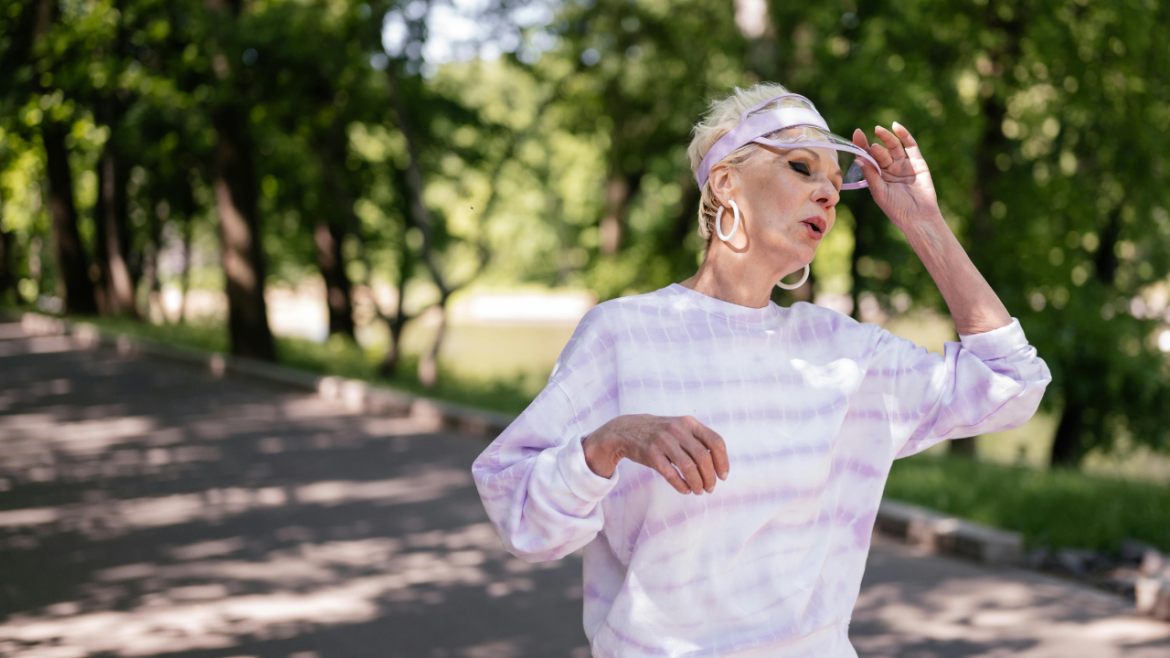Signs Of Seniors Suffering From Heat Exhaustion
Heat exhaustion is a serious condition that disproportionately affects seniors due to age-related physiological changes. As we grow older, the body becomes less efficient at regulating temperature, making seniors more vulnerable to extreme heat. Caregivers and family members need to recognize the early signs before they escalate into life-threatening conditions. Understanding these warning signals is not just about prevention—it is about preserving dignity, comfort, and life.
Seniors often underestimate the impact of heat, dismissing mild discomfort as fatigue or aging. Yet even seemingly minor symptoms, if ignored, can progress rapidly, leading to dehydration, fainting, or heat stroke. By identifying signs early, caregivers can intervene and provide timely support, reducing the risk of hospitalization and serious complications.
Early Symptoms to Watch For
The earliest indicators of heat exhaustion in seniors are often subtle but noticeable when observed carefully. Excessive sweating, especially when accompanied by pale, clammy skin, is a primary warning sign. This is the body’s attempt to cool itself, but in seniors, it may not be sufficient to maintain a safe internal temperature. Feeling unusually weak or dizzy is another early symptom that should never be overlooked, as it may signal that blood pressure has dropped in response to heat.
Nausea and headaches often accompany these physical symptoms, further reducing energy and the ability to stay hydrated. Some seniors may also exhibit rapid breathing or an accelerated heart rate, signs that the cardiovascular system is under stress. While these symptoms may appear mild at first, they can quickly worsen if the senior remains in a hot environment without adequate hydration or rest.
Behavioral Changes as Warning Signals
Heat exhaustion does not always manifest physically. Behavioral changes can be subtle yet significant indicators. Seniors suffering from heat exhaustion may become unusually irritable or confused, struggling to focus on familiar tasks. Memory lapses or disorientation can also emerge, often mistaken for cognitive decline or medication side effects. Observing a senior’s mood and behavior during hot days is critical, as these changes often precede more severe physical symptoms.
Caregivers should be particularly alert to sudden fatigue or withdrawal from regular activities. A senior who normally enjoys conversation, reading, or hobbies may suddenly appear lethargic or disinterested. These shifts in behavior, combined with physical warning signs, can help caregivers detect heat exhaustion early, allowing for immediate intervention.
Complications of Ignoring Symptoms
Failure to recognize and address heat exhaustion can lead to dangerous outcomes. The condition can escalate to heat stroke, a medical emergency characterized by confusion, seizures, or loss of consciousness. Prolonged exposure to extreme temperatures without intervention increases the risk of organ damage and long-term health complications, particularly for seniors with existing cardiovascular or kidney conditions.
Dehydration, a common companion of heat exhaustion, further compromises the body’s ability to regulate temperature and maintain vital functions. Seniors are already at higher risk due to reduced thirst perception, making it essential for caregivers to proactively offer fluids and monitor intake. Preventing escalation requires timely attention to both physical and behavioral symptoms, ensuring seniors remain safe and comfortable during heat waves.
Preventive Measures and Care
Recognizing heat exhaustion is only one step in protecting seniors. Preventive measures are equally important and include maintaining cool indoor environments, encouraging regular hydration, and limiting exposure to direct sunlight during peak hours. Lightweight, breathable clothing can help the body dissipate heat more effectively, while fans or air conditioning provide essential relief during hot days.
Caregivers should also encourage gentle activity and breaks in shaded areas when outdoor movement is necessary. Monitoring for early signs and providing consistent hydration supports not only physical health but also emotional well-being. Seniors who feel safe, observed, and cared for are more likely to respond positively to interventions, reducing anxiety and enhancing overall quality of life.
Conclusion
Understanding the signs of heat exhaustion in seniors is crucial for preventing serious health complications. Physical symptoms, behavioral changes, and early warning signals all provide caregivers with opportunities for timely intervention.
By observing carefully, responding quickly, and implementing preventive strategies, families can protect their loved ones from the dangers of extreme heat. Compassion, attentiveness, and proactive care transform potentially life-threatening situations into moments of safety, comfort, and reassurance for seniors navigating the challenges of hot weather.

